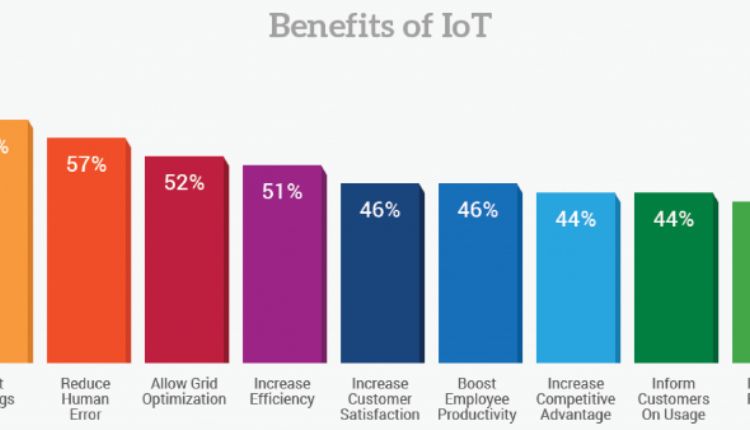Introduction:
The Ten-Year Treasury bond is a critical financial instrument that holds significant implications for the global economy and investment landscape. As a benchmark for long-term interest rates, its movements influence borrowing costs, mortgage rates, and various other financial products. In this article, we will delve into the intricacies of the Ten-Year Treasury, explore its role in the financial markets, and analyze its impact on investors’ decision-making processes.
Section 1: Unraveling The Ten-Year Treasury
1.1 What is the Ten-Year Treasury? The Ten-Year Treasury is a debt security issued by the United States Department of the Treasury with a maturity of ten years. It is considered one of the safest assets globally, backed by the full faith and credit of the U.S. government. Investors purchase these bonds, effectively lending money to the government, in exchange for periodic interest payments and the return of the principal amount at maturity.
1.2 How is the Ten-Year Treasury Yield Determined? The yield on the Ten-Year Treasury is a crucial economic indicator and represents the annual return an investor would earn by holding the bond until maturity. It is influenced by various factors, including prevailing interest rates, inflation expectations, geopolitical events, and overall economic conditions. As these factors fluctuate, so does the yield, impacting financial markets and investor sentiment.
Section 2: The Ten-Year Treasury’s Impact On The Economy
2.1 Role in Monetary Policy Central banks, including the U.S. Federal Reserve, closely monitor the Ten-Year Treasury yield as part of their monetary policy decisions. Changes in the yield curve can signal economic conditions and inflation expectations, guiding central banks in adjusting interest rates to control inflation and stimulate economic growth.
2.2 Influence on Mortgage Rates The Ten-Year Treasury yield plays a critical role in shaping mortgage rates. Mortgage lenders often use the yield as a benchmark to determine the interest rates on various mortgage products. When the yield rises, mortgage rates typically follow suit, impacting housing affordability and demand.
2.3 Impact on Corporate Borrowing Costs As a benchmark for long-term interest rates, the Ten-Year Treasury yield affects corporate borrowing costs. Companies often issue bonds with yields above the Treasury yield to compensate investors for the added risk. Therefore, fluctuations in the Treasury yield can impact corporate borrowing and investment decisions.
Section 3: Investing Strategies And the Ten-Year Treasury
3.1 Risk-Return Tradeoff The Ten-Year Treasury is considered a relatively safe investment due to its backing by the U.S. government. However, its lower risk profile also means lower potential returns compared to riskier assets. Investors must balance their portfolios by incorporating various asset classes, including equities, to achieve an optimal risk-return tradeoff.
3.2 Bond Prices and Inverse Relationship with Yields Understanding the inverse relationship between bond prices and yields is crucial for investors. When the Ten-Year Treasury yield rises, bond prices fall, and vice versa. This relationship can create opportunities for investors to buy bonds when yields are high and sell when yields are low.
3.3 Diversification and Risk Management Incorporating Ten-Year Treasury bonds into an investment portfolio can enhance diversification and risk management. Since these bonds tend to perform well during economic downturns and times of market volatility, they can act as a hedge against riskier assets like stocks.
Conclusion:
The Ten-Year Treasury is a fundamental pillar of the global financial system, playing a pivotal role in shaping economic conditions and influencing investment decisions. As investors navigate the complexities of the financial markets, understanding the implications of the Treasury yield on various sectors is crucial for making informed choices. Whether seeking a safe-haven investment or gauging the health of the economy, the Ten-Year Treasury remains an indispensable tool for investors worldwide.
FAQs:
FAQ 1: How can I invest in the Ten-Year Treasury? Investing in the Ten-Year Treasury is relatively straightforward. Individuals can purchase these bonds directly from the U.S. Treasury through its website or indirectly through brokerage accounts, mutual funds, or exchange-traded funds (ETFs) that specialize in government bonds.
FAQ 2: How does the Ten-Year Treasury differ from other Treasury maturities? The main difference lies in their maturity periods. The Ten-Year Treasury has a ten-year maturity, while other Treasuries, such as the Two-Year or Thirty-Year, have different time frames. Additionally, yields on longer-term Treasuries tend to be higher to compensate investors for the added risk associated with longer holding periods.

